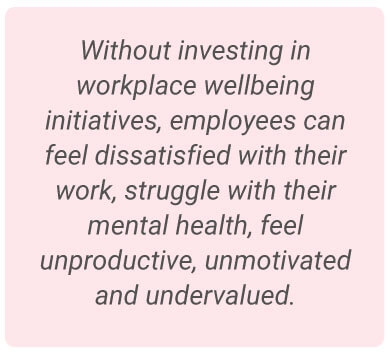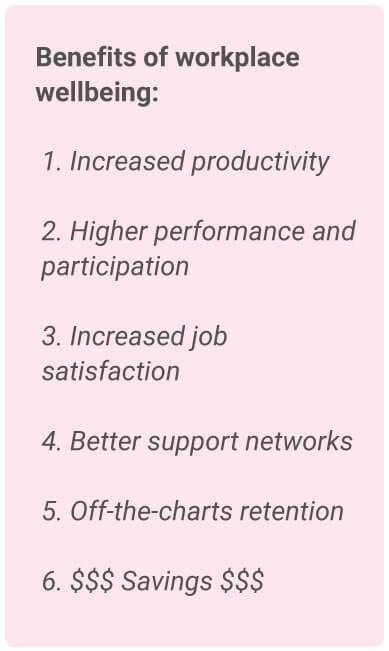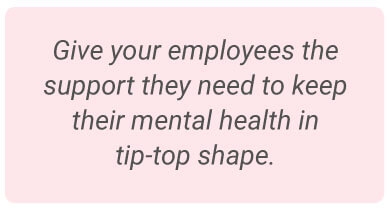
What is Wellbeing and Why is it Important?
November 15, 2021
|
Erika Rahman
Understanding the importance of workplace wellbeing

Signs of a healthy workplace
Let’s unpack the benefits of a healthy workplace

1. Increased productivity
2. Higher performance and participation
3. Job satisfaction
4. Support network
5. Employee retention
6. Cost savings
5 simple ways employers can improve workplace wellbeing
1. Flexible working
2. Mental health initiatives
3. Introduce healthy programs
4. Feedback sessions
5. Develop a positive work culture
How individuals can improve their mental health in the workplace

How to manage wellbeing at work
About the Author

Erika Rahman is a Product Marketing and Content Specialist at Motivosity. She studied marketing and business management at Utah Valley University. Erika has a broad background—from optometry to trade school administration—giving her a love and understanding for people across industries. She grew up in Northern California and Colorado, and currently calls the Utah slopes home.
Learn More
Learn More






